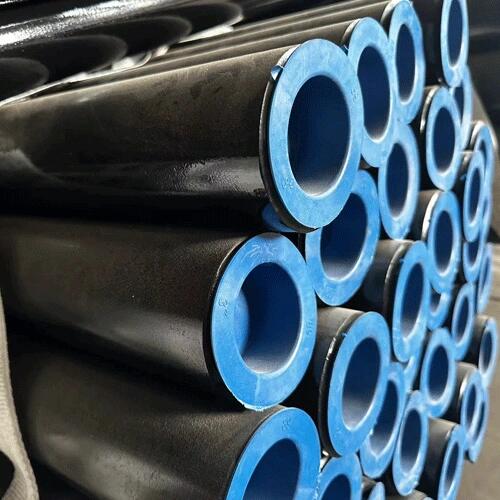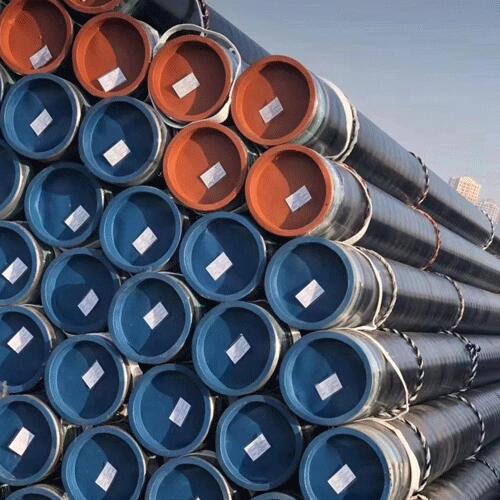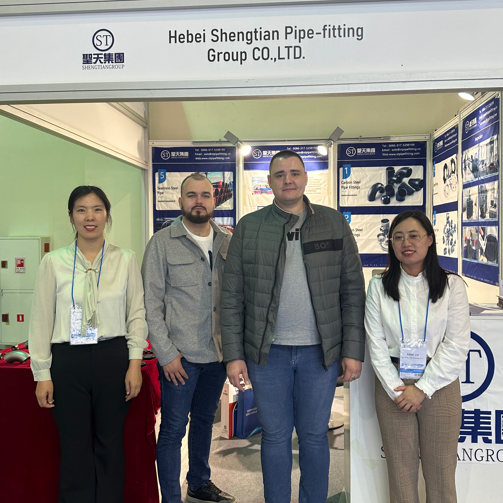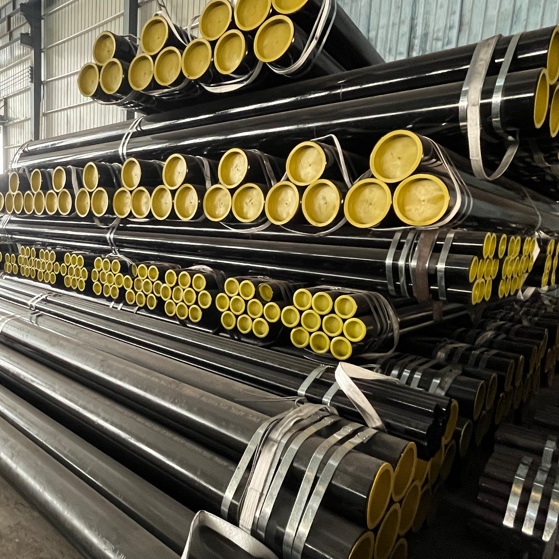ASTM A790 Duplex Stainless Steel Seamless Pipe have good mechanical characteristics and can be used in an as welded condition. Considered to be superior in comparison to austenitic alloys ASTM A312 TP304 or ASTM A312 TP316, the Seamless Duplex Pipe offers much better resistance to corrosion.
Advantages of Duplex
ASTM A790 Duplex stainless steel has an array of various benefits such as:
Strength:Duplex stainless steels have approximately double the strength of regular austenitic or ferritic stainless steels.
Toughness and ductility:Duplex stainless steels exceed the toughness and ductility of ferritic grades although they are not as touch as austenitic grades.
Corrosion resistance:As with all stainless steels, corrosion resistance depends mostly on the composition of the stainless steel, with chromium, molybdenum and nitrogen content being the most important. Duplex stainless steels are extremely corrosion resistant and even in chloride and sulphide environments, duplex stainless steels exhibit very high resistance to stress corrosion cracking (SCC). SCC is a type of corrosion that takes place when a particular set of factors are present: Tensile stress, corrosive environment and a sufficiently high temperature.
Heat Resistance: Duplex stainless steel has higher heat conductivity and lower thermal expansion than austenitic steels. Duplex grades can easily be used down to temperatures of at least -50°C because at low temperatures they have better ductility that ferritic grades of steel.
Cost:Duplex stainless steels have lower nickel and molybdenum contents than their austenitic counterparts. This lower alloying content means that duplex stainless steels can be lower in cost. Further to this, it is also possible that the thickness of duplex stainless steel can be reduced as it has an increased yield strength. Thinner products mean that significant weight savings can be made.
Weldability: Duplex stainless steels tend to have good weldability and all standard welding processes can be used although they are not quite as easily welded as the austenitic grades.
ASTM A790 Duplex Stainless Steel Seamless Pipe is a Fe-Ni-Cr alloy that has a two-phase ferritic-austenitic stainless steel structure. In heavy industries such as oil and gas nuclear and chemical processing.
 Why should Seamless steel pipes be epoxy powder coated?
Why should Seamless steel pipes be epoxy powder coated?
 ASTM A106 Thick-walled steel pipe production steps
ASTM A106 Thick-walled steel pipe production steps
 Shengtian Group successfully participated in the Russian Oil and Gas Exhibition
Shengtian Group successfully participated in the Russian Oil and Gas Exhibition
 Is API 5L Black Steel Pipe Good For Air Lines?
Is API 5L Black Steel Pipe Good For Air Lines?